As informed on our website, with a great pleasure we are restarting our tours in Tokyo. We have been looking forward to this moment for two and a half years. While COVID-19 hasn’t fully calmed down yet, we would like to resume our tours by practicing preventive measures against the coronavirus. Three tours are planned on September 24 and 25: the East Gardens of the Imperial Palace on September 24, Asakusa and Ueno Park on September 25. The tour to Meiji Shrine and Harajuku will follow shortly. Please read the terms and conditions and book your tour from the calendar on our website.
The Ueno Park tour is scheduled on September 25 at 1:30 p.m. Duration will be about two hours. The meeting point is right in front of the Park Exit of the JR Ueno Station.
The Park is located in central Tokyo and was the site of the Kaneiji Temple, the family temple of the ruling Tokugawa dynasty during the 265-year Edo period. When the civil war took place at what is now Ueno Park in the late 1800s, most of the temple grounds were burned to ashes. After the civil war, the park was established as one of the first public parks in Japan 150 years ago.
Ueno Park which has 53 hectares is full of green scenery and is known for beautiful cherry blossoms in spring and lotus flowers in the Shinobazu Pond in summer. Also, the park is the center of culture and has six museums, a zoo, shrines and temples and the statues of the outstanding historical figures.
Among them, the oldest and the largest Tokyo National Museum is awesome. They are full of priceless treasures such as Buddhist statues, paintings, sculptures, lacquerware and samurai swords in the Japanese gallery. There are five other galleries including the Asian gallery. Now 16 valuable samurai swords are displayed in the regular exhibitions of the Japanese gallery. Also, on the 150th anniversary of the museum, the special exhibition of its masterpieces and historical records including all 89 national treasures is planned to be held from October 18 to December 11. This kind of exhibition has never been attempted. It will be a once-in-a-lifetime opportunity.


Another notable spot is the Toshogu Shrine. The super shogun and founder of the Edo government, Ieyasu Tokugawa, is enshrined. Upon entering, you will be amazed by more than 200 stone lanterns. All the pillars and doors of the shrine buildings are painted in gold leaf and a pair of dragons are elaborately carved around the entrance. They are absolutely gorgeous and not to be outdone by the Nikko Toshogu Shrine.

From the shrine passage the traditional five-story pagoda is seen close at hand. The elegant five-story pagoda has been standing for about 380 years from the early Edo period. The pagoda is earthquake resistant. There are virtually no historical records of a five-story pagoda toppling in an earthquake for the last 1,400 years. Actually, the central pillar plays an important role in absorbing a quake.

Among many other destinations of our tour, the last place will be the most famous statue in Japan, the statue of Takamori Saigo who was really the last samurai of Japan. The main character of the film ‘The Last Samurai’ is based on Takamori. He was once a hero in overthrowing the Edo government but turned into a rebellious leader against the Imperial army in the following civil war and committed suicide.
The meeting point is right in front of the Park Exit of the JR Ueno Station on September 25 at 1:30 p.m. Our guides will be waiting for you with our flag. It is also accessible from the Ueno Stations of the Tokyo Metro and the Keisei Line. On the same day in the morning the tour to the Sensoji Temple is scheduled to be held in Asakusa. Asakusa and Ueno are close each other. You can combine the Asakusa tour with the Ueno Park tour if you wish. After the Asakusa tour is completed, you will have ample time to reach Ueno Park and to have lunch. The tours will currently be conducted on a non-regular basis. We will be looking forward to seeing you then.
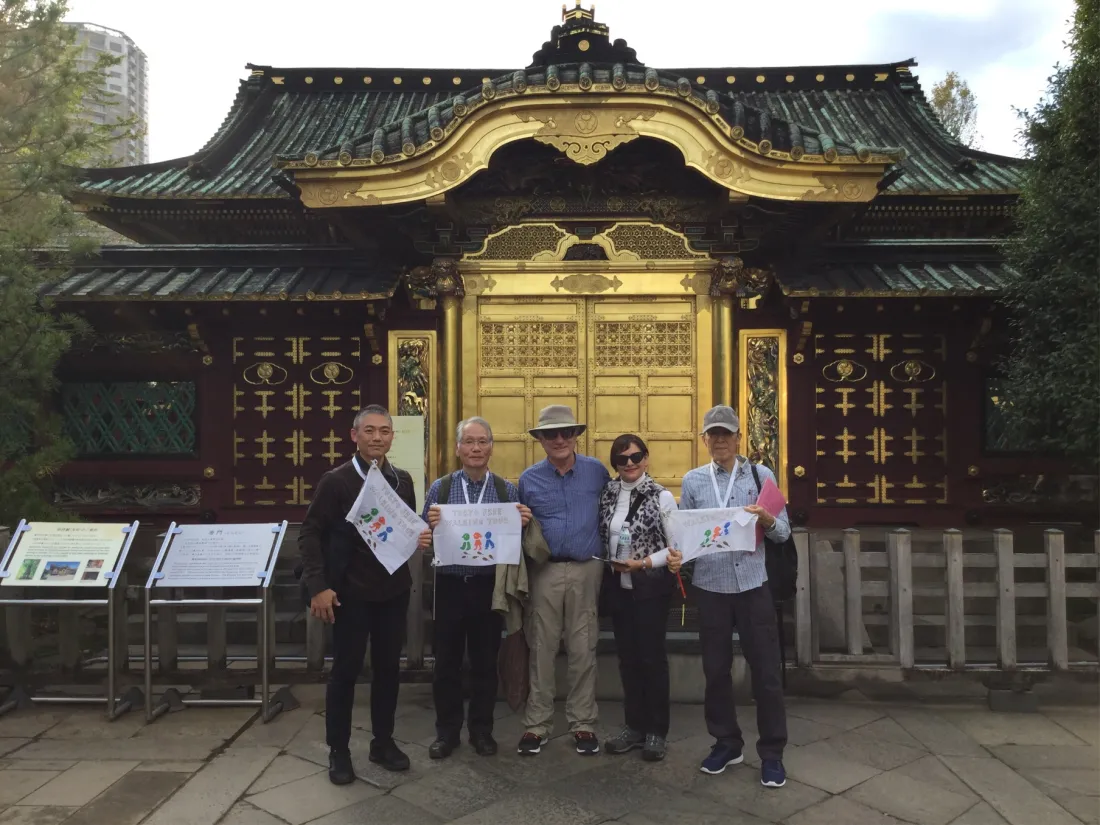

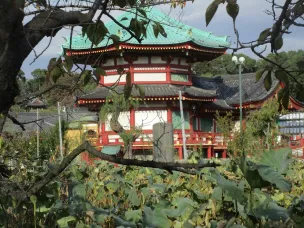
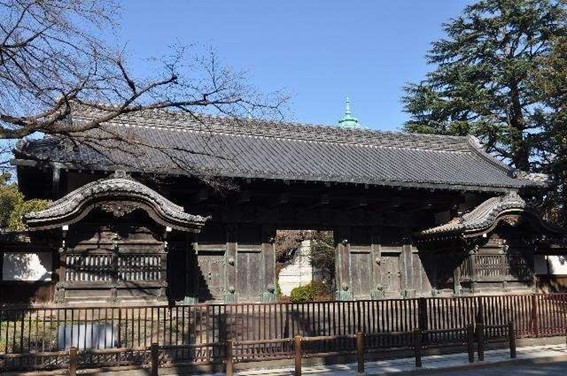
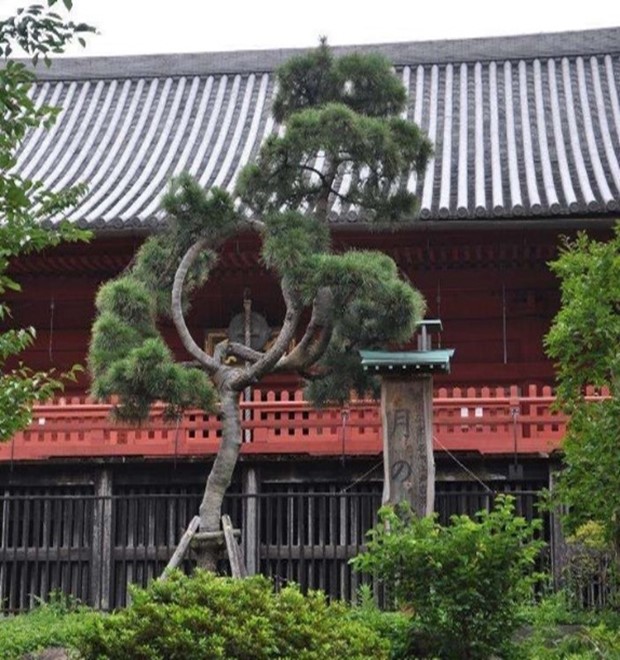
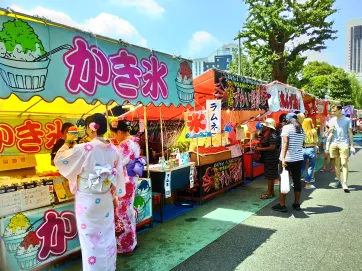
(Yoshi)


